August 5th marked another grim day for Imran Khan, the former Prime Minister of Pakistan and one of the world’s greatest cricketers. It was the second anniversary of his incarceration in Rawalpindi’s Adiala jail on trumped-up charges. Thanks to General Asim Munir, the Army’s Chief of Staff, Khan has been held in solitary confinement in a six-by-eight “death cell” for two years. Anyone less that “Captain Pakistan,” as Khan is known, would have met the Grim Reaper long ago.
The last time I spoke to Khan was on April 2, 2023. We spoke for an hour-and-a-half via Zoom. I was at my residence in Baltimore, and Khan was in Lahore. We had an intense discussion that went on until past midnight in Lahore. What did we talk about?
The cricketer and the currency board
The focus of our conversation was economic policy. Not for the first time, we grappled with what needed to be done to extract Pakistan from its economic doom loop. Our point of departure was the rupee, which had shed 48% of its value against the U.S. dollar since June 2021. To pull Pakistan out of its doom loop and establish stability, I recommended the medicine that I had successfully prescribed in Estonia (1992), Lithuania (1994), Bulgaria (1997), and Bosnia-Herzegovina (1997). In all those cases, a currency board did the trick, as they always do. Indeed, since the first currency board was established in Mauritius (1849), there have been over 70 currency boards, and none have failed. Even the currency board that John Maynard Keynes installed in Archangel during Russia’s civil war (1918) worked without a glitch.
Just what is a currency board? A currency board issues notes and coins convertible on demand into a foreign anchor currency, such as the U.S. dollar, at a fixed exchange rate. It is required to hold anchor-currency reserves equal to 100% of its monetary liabilities.
A currency board has no discretionary monetary powers and cannot issue credit. It has an exchange-rate policy but no monetary policy. Its sole function is to exchange the domestic currency it issues for an anchor currency at a fied rate. A currency board’s currency is a clone of its anchor currency.
A currency board requires no preconditions and can be installed rapidly. Government finances, state-owned enterprises, and trade need not be reformed before a currency board can issue money.
The Bulgarian and Lithuanian examples
Khan and I spent a great deal of time on our April 2023 Zoom call discussing the currency board that I installed in Bulgaria, when I was President Petar Stoyanov’s Chief Economic Adviser. In 1997, Bulgaria faced a raging hyperinflation of 24% per month and a banking crisis. Once the currency board was installed in July, hyperinflation stopped immediately. By 1998, the banking system was solvebnt, money-market interest rates had plunged from triple digits to an average of 2.4%, a massive fiscal deficit turned into a surplus, a deep depression became economic growth, and Bulgaria’s foreign-exchange reserves more than tripled. Today, thanks to its currency board, Bulgaria has the second lowest debt-to-GDP ratio in the EU, behind only Estonia.
What struck me about Khan during that evening back in 2023 was that he understood the technical details and the political ramifications of installing a currency board. Our brainstorming session reminded me of the days when I was a State Counselor in Lithuania and Chief Adviser to Lithuania’s Prime Minister Adolfas Šleževičius (1994-1996). Not surprisingly, Šleževičius was capable of dealing with technical arguments and their political ramifications. After all, he held a doctorate degree from Moscow State University.
Pakistan’s doom loop
A currency board would stabilize Pakistan’s economy and provide a massive confidence shock, with that, Pakistan would exit its doom loop, which is characterized by the lack of confidence in the rupee, a flight of capital, and the accumulation of ever more debt.
Just how big is the problem? Using the World Bank’s residual method for measuring capital flight, I estimate that capital flight in Pakistan has amounted to a whopping 37% of the huge debt that Pakistan has piled up since 2000. Unfortunately for Pakistanis, a staggering 37% of the funds that flow into Pakistan are siphoned off and squirreled away outside Pakistan, primarily in Dubai. This doom loop requires ever more borrowing. That’s why Pakistan has passed the begging bowl to the International Monetary Fund 24 times, and counting.
As I write on the second year of Imran Khan’s incarceration on multiple phony charges, I can understand why the Pakistani elites, including General Munir, want to keep him behind bars. They want to keep parking money in Dubai.
The opinions expressed in Fortune.com commentary pieces are solely the views of their authors and do not necessarily reflect the opinions and beliefs of Fortune.
This story was originally featured on Fortune.com

 3 hours ago
1
3 hours ago
1
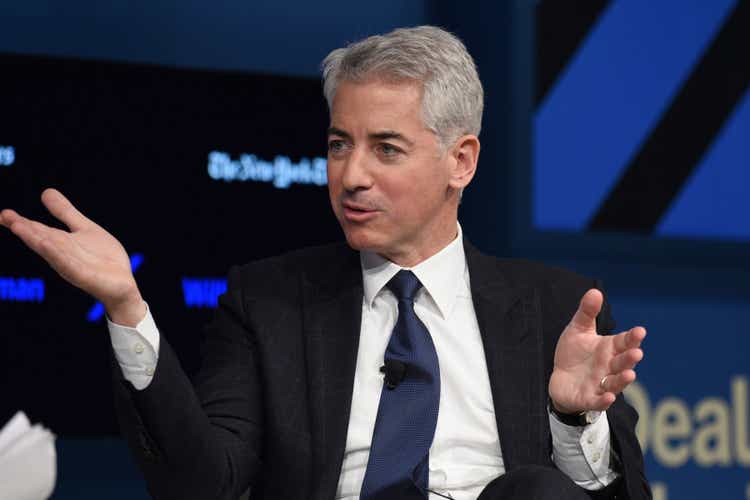


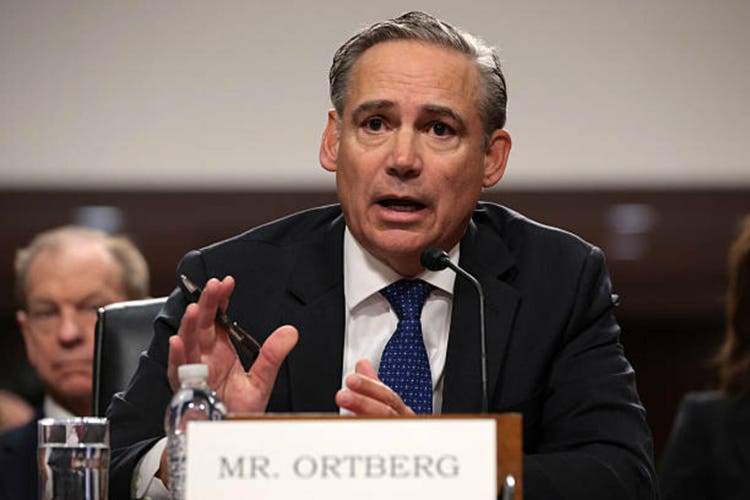
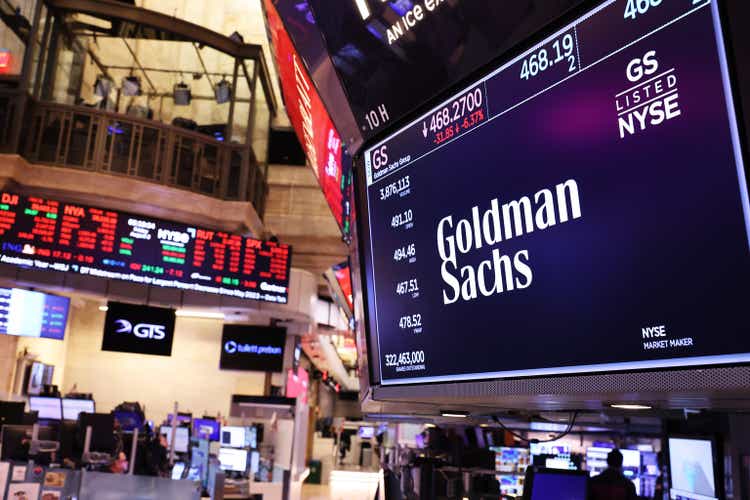


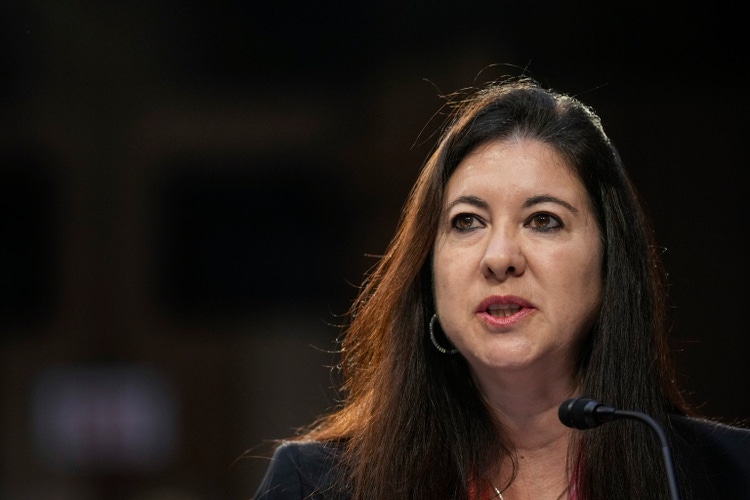



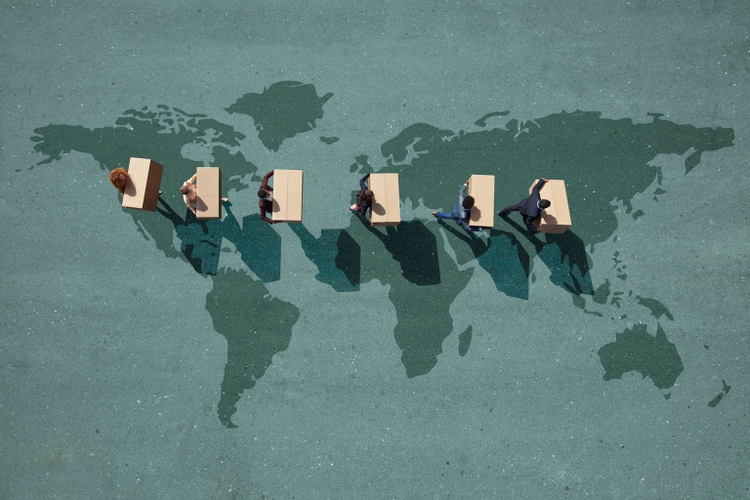



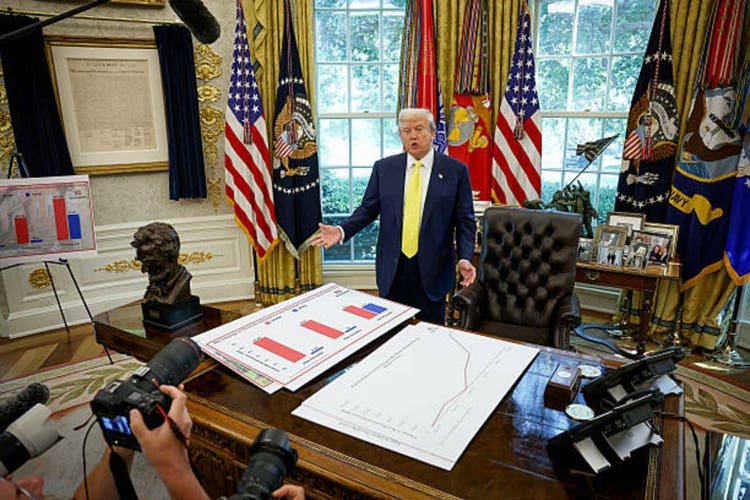



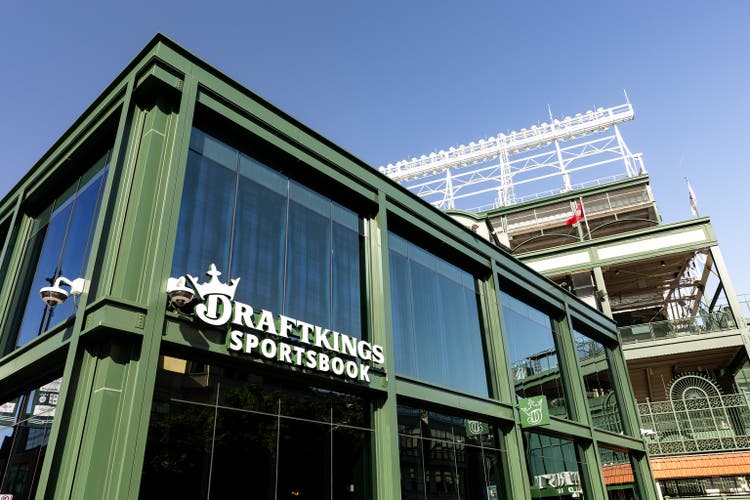
 English (US) ·
English (US) ·